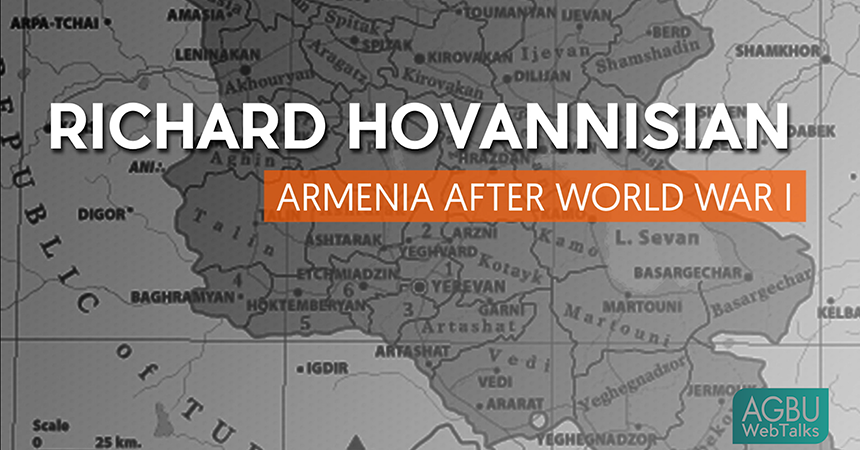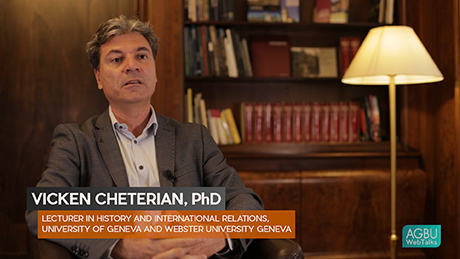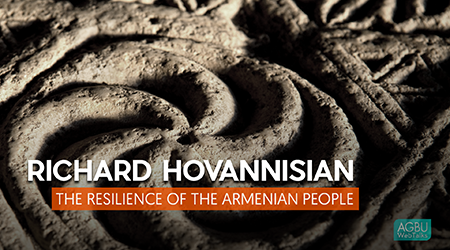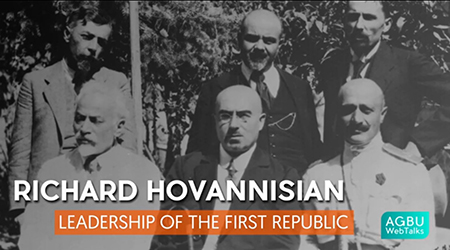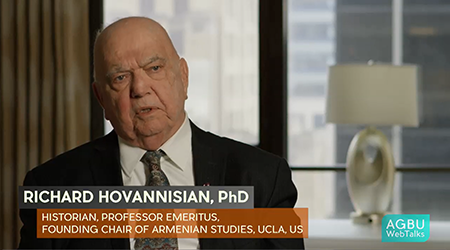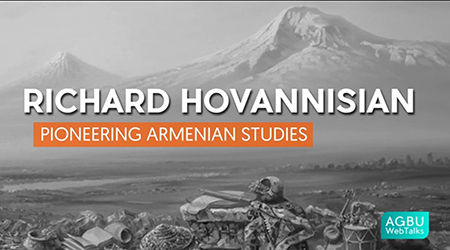WebTalks
Armenia After World War I
Richard Hovannisian
An overview of the defining historical events that shaped Armenia in the immediate aftermath of WWI.

Armenia After World War I
Dr. Richard Hovannisian considers the geopolitical environment and major historical events that shaped Armenia in the immediate aftermath of World War I. The rise of Turkish nationalism in the wake of Ottoman Empire’s defeat, the unfulfilled promise of the Treaty of Sèvres to return historical lands to Armenia, and lingering territorial conflicts would eventually lead to the dissolution of Armenia’s first independent republic. What followed were seventy years of Soviet rule before Armenia could again reclaim its autonomy, declaring a new independent republic on September 21, 1991.
Produced by AGBU WebTalks in partnership with the Zoryan Institute.
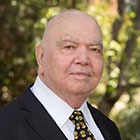
Fridtjof Nansen is best known for the eponymous passport which allowed hundreds of thousan ... [more]
Political analyst Vicken Cheterian considers the legacy of World War I and the tremendous ... [more]
Dr. Kotchikian looks back on the events that gave rise to the independence movement in Sov ... [more]
Dr. Richard Hovannisian reflects on the lasting impact of the denial of the Armenian Genoc ... [more]
Dr. Richard Hovannisian describes the beginnings of the first independent Republic of Arme ... [more]
Dr. Richard Hovannisian reflects on the historical importance of the First Republic of Arm ... [more]
